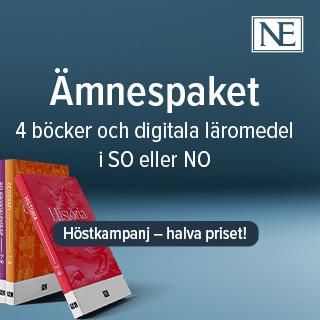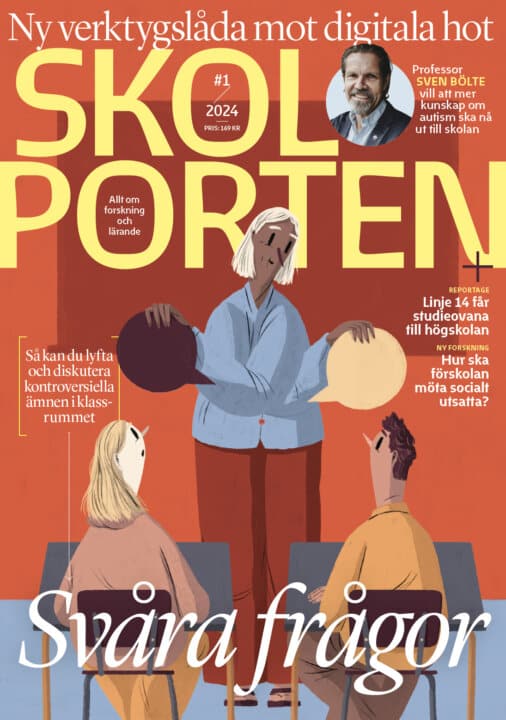Children with blindness: Developmental aspects, comorbidity and implications for education and support
Den stödmodell som för närvarande erbjuds i Sverige till barn med blindhet, deras familjer och lärare, svarar inte upp mot gruppens komplexa behov. Det visar Kim de Verdier i sin avhandling.
Kim de Verdier
Professor emerita Ulla Ek, Stockholms universitet Professor Elisabeth Fernell, Göteborgs universitet
Professor emeritus Harald Martinsen, Universitetet i Oslo
Stockholms universitet
2018-08-31
Children with blindness: Developmental aspects, comorbidity and implications for education and support
Specialpedagogiska institutionen
Children with blindness: Developmental aspects, comorbidity and implications for education and support
The overall aim of this research is to deepen the knowledge about developmental aspects, comorbidity and implications for education and support provision, regarding children with blindness. Special focus is directed towards children with blindness and autism spectrum disorder (ASD).
The research comprises three different projects, reported in five papers. The studies adopt different designs; one is record-based and explores clinical characteristics and etiologies of Swedish children with blindness, one has a longitudinal design with collection of qualitative as well as quantitative data, and explores the school outcome for braille reading students in inclusive education; and one has a mainly qualitative design and explores diagnostic challenges and support to children with blindness and ASD and their families. Both children’s, parents’ and teachers’ perspectives are included in the research.
The results show that children with blindness are very rare; in average seven blind children per year are born in Sweden. Moreover, isolated blindness is unusual in children, and the rate of multidisability is high. The comorbidity with ASD and intellectual disability (ID) is high, especially in certain etiological groups. Competence about children with blindness is necessary in assessment and diagnostic procedures, to differentiate between effects of blindness and possible additional disabilities. The results also highlight the fact that the support provided to children with blindness, with and without additional disabilities, is perceived as insufficient and does not correspond to the complex needs of the population. Teachers need more competence in braille and teaching methods, especially regarding blindness and additional disabilities such as ASD. Parents ask for a more coordinated support with a life-long scope, provided by professionals with expertise in children with blindness.
The opinions about inclusive education differ in the studies; both students, parents and teachers point to advantages as well as challenges. However, for the schools to be able provide equal educational opportunities for children with blindness in the inclusive setting, the support must be further developed and the national responsibility for unusual disability groups must be extended.
Relaterade länkar

Fritidshem
 Åk F–6
Åk F–6 Matematikångest
 Åk 4–Vux
Åk 4–Vux 






